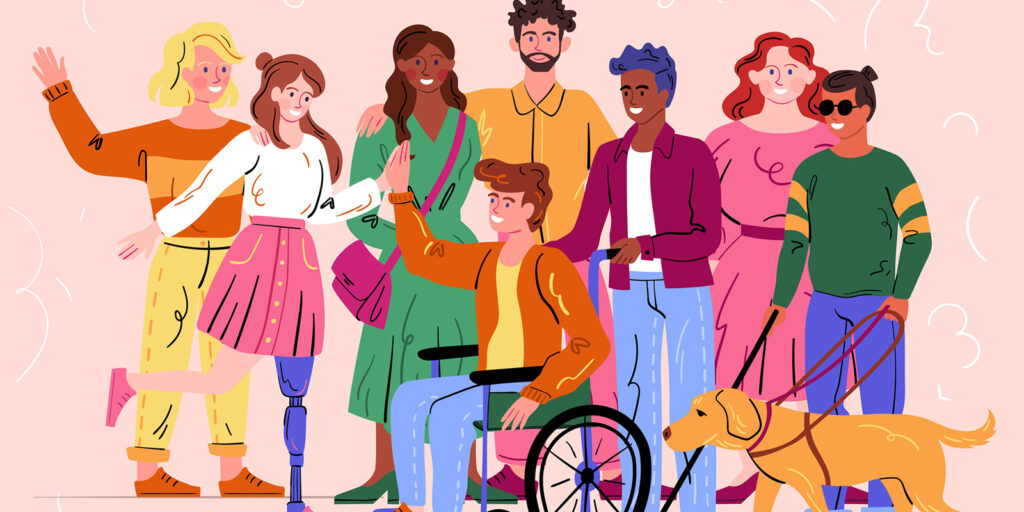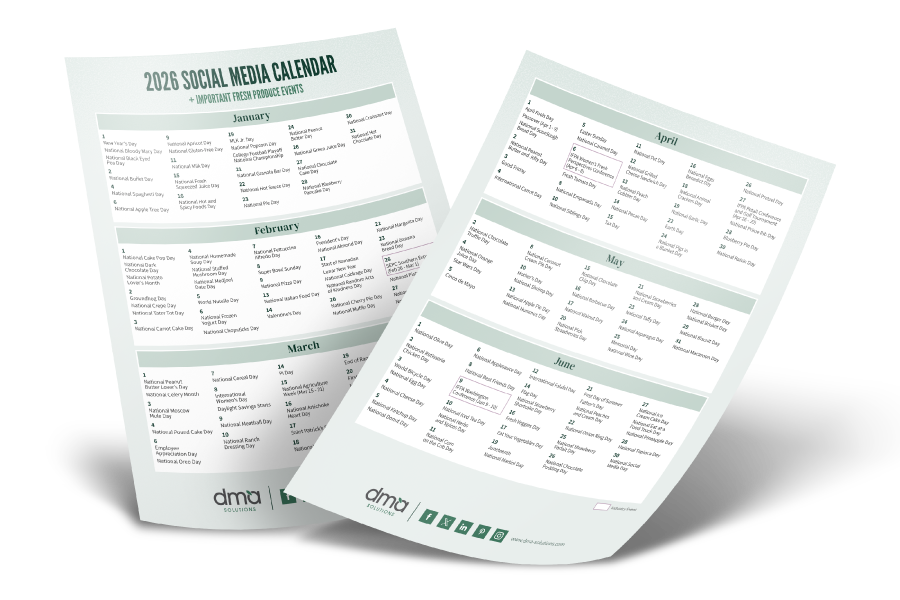From a marketing perspective, people with disabilities represent a highly underserved group of consuming audiences. In this post, we hope to inspire you to work to better serve this group of people better with your social media marketing activities.
How to Better Serve Consumers With Disabilities On Social Media
Inclusion is giving everyone an equal opportunity to participate in a certain setting. 25% of the U.S. population lives with a disability and only 1% of advertising represents the disabled community. This means there is a lack of representation for over 61 million people!
With over 70% of the U.S. population present on social media, it’s safe to assume that an audience consisting of nearly 120,000 people with a disability are not being addressed with typical marketing activations, and are thus excluded.
If the goal of social media marketing is to reach a broader audience, are we failing as marketers if we do not strive to include these individuals?
Empathy is the first step to doing better.
In order to better serve individuals who live with a disability on social media, we need to have a better understanding of the specific disabilities they are facing. Social media users who live with a disability are most likely to suffer from hearing, vision, cognitive, ambulatory, self-care and independent living difficulty.
How do disabilities affect social media intake?
Each of the previously mentioned disabilities can prevent a user from digesting digital content to its fullest extent – such as, not being able to hear video sound, read photo captions or have full screen accessibility. Facebook, Instagram, Twitter and other social media platforms have recently implemented software updates and design enhancements to make their pages as accessible and inclusive to people with disabilities as possible. This is where you come into play.
What to consider when creating content?
The Americans with Disabilities Act (ADA) has streamlined expectations to accommodate how individuals with disabilities can access your social media and other digital content. Some of the best social media practices to implement in order to comply with these expectations include:
-
Limiting use of emojis in captions
-
Optimize color contrasts
-
Provide subtitles and descriptions to video content
-
Place hashtags in your comments rather than your captions
-
Keep your most important messages in post copy rather than on stories
Another way to serve social media users with disabilities is to implement Alt Text in your photo captions. Alt Text is a written description of an image read by screen readers for individuals who are visually impaired. Simply type in a detailed description of the image in the Alt Text settings (see yellow circles below) and a screen reader will elaborate the image to the user.

Are you interested in learning more about how to better serve consumer with disabilities on social media? Our latest Marketing Matters Webinar goes in-depth to show you how to increase your inclusivity on social media and other digital platforms. If you want to chat further, feel free to schedule a call with our team for a free brainstorming session – we’d love to chat!
{{cta(‘c51e313a-a875-4361-bbd3-bea78a505011′,’justifycenter’)}}

